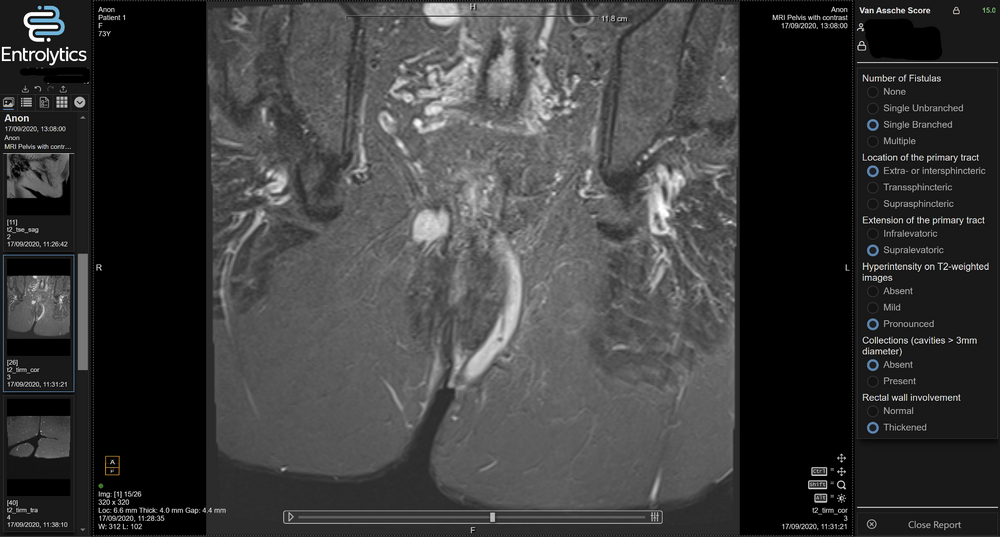Motilent has developed a rapid workflow for marking up perineal anatomy and disease targeted at surgical and medical management of simple and complex perianal fistula. Our technology has additionally seen growing use in colorectal cancer where surgeons need richer information when conducting complex and life impacting procedures.
